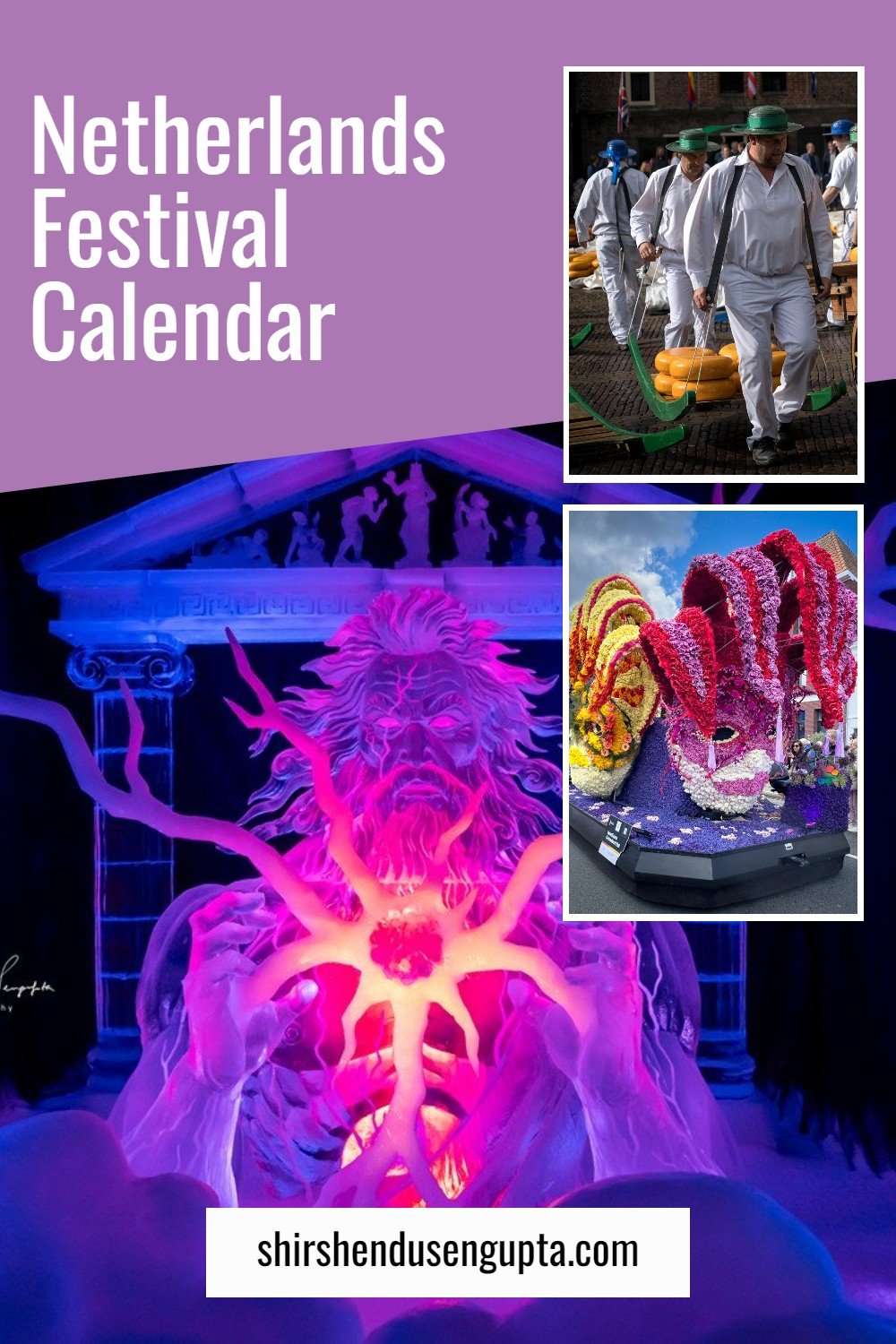
Netherlands Festival Calendar Winter 2025 - Autumn 2026 | Upcoming Annual Events and Festivals in the Netherlands
The Dutch have a knack for throwing a good party. The nation celebrates everything life has to offer with an amazing number of festivals every year. There is an event to suit every taste and mood, whether you enjoy music, art, or cuisine!

25 Instagrammable Hotspots in The Hague | 25 Best Photography Spots in The Hague | Top 25 Photo Spots in Den Haag, the Netherlands
For photographers, The Hague is a treasure trove of visuals; from moody canals and Gothic buildings to beachside sunsets and cosmopolitan street scenes. This article will take you on a visual journey through the most Instagrammable spots across the city, including both its old-world elegance and contemporary edge. Whether you’re a street photographer, architecture lover, or casual Instagrammer, The Hague has the perfect shot waiting for you at every turn!
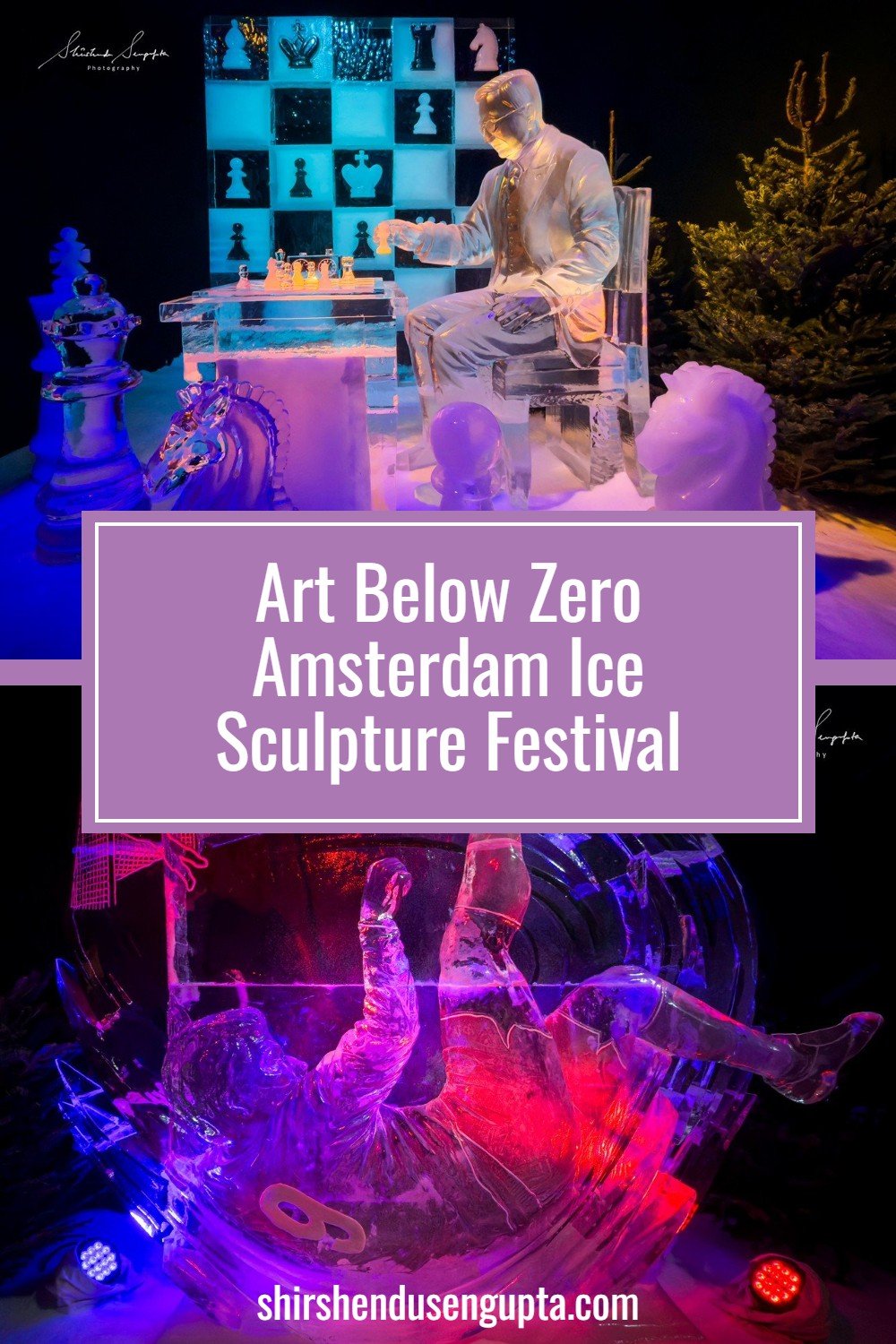
Art Below Zero Amsterdam Ice Sculpture Festival 2024-2025 | Art Below Zero Ijsbeelden Festival Amsterdam, Netherlands 2024-2025 | Europe’s Largest Ice Art Exhibition
Welcome to the unique ice sculpture exhibition Art Below Zero Amsterdam, where top ice artists (also known as ‘carvers’) from across the globe come together to transform 500 tons of ice and snow into 135 breathtaking artworks that honor Amsterdam's colorful past and rich cultural legacy. Featuring breathtaking ice sculptures, an audio tour, a 4D experience, and entertainment for all ages, it is the largest ice exhibition in Europe that commemorates the city's 750th anniversary!
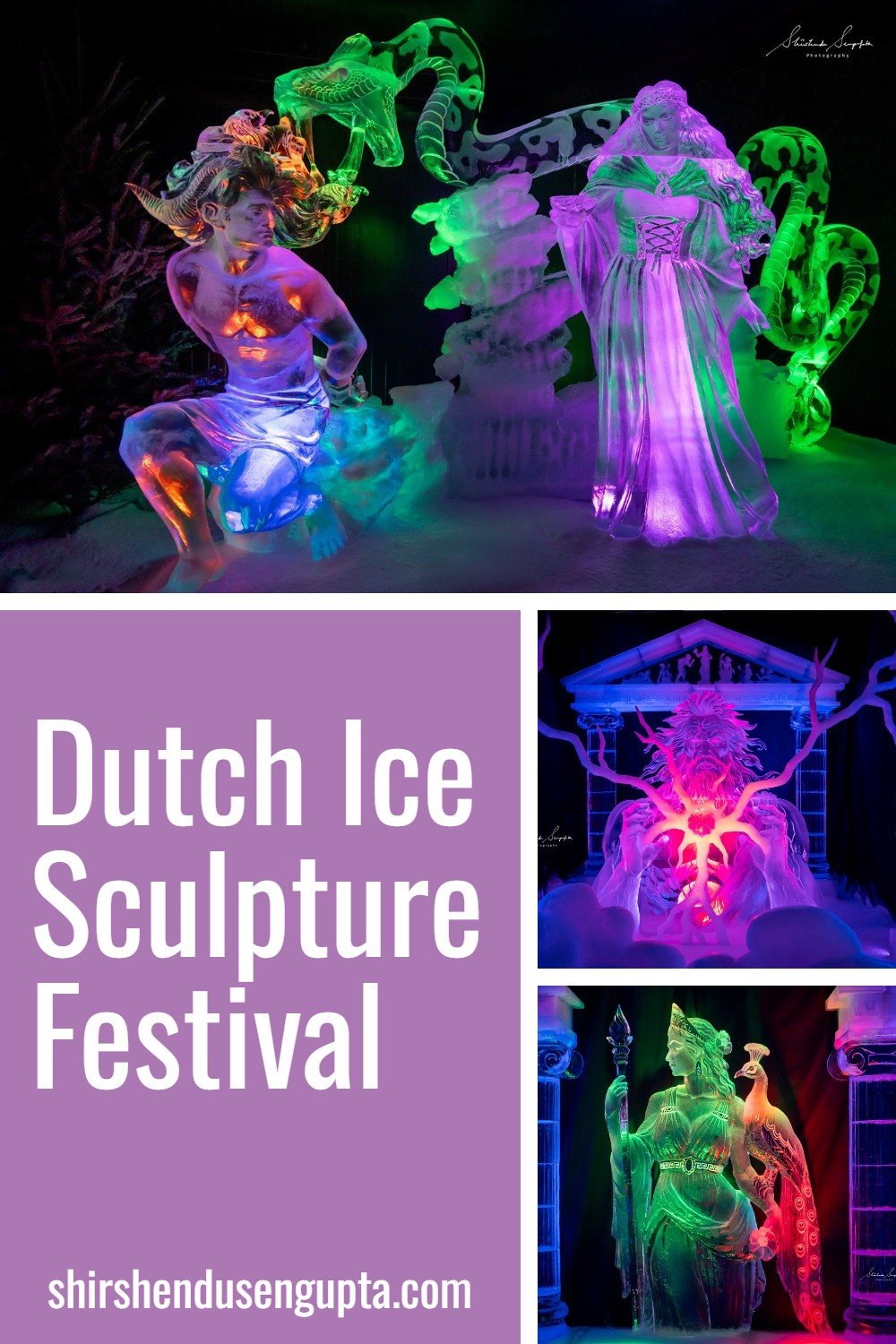
The Dutch Ice Sculpture Festival 2025-2026 | Netherlands Ijsbeelden Festival Biddinghuizen 2025-2026
Welcome to a magical frosty wonderland where ice crystals melt your heart; where world’s top 45 ice artists (also known as ‘carvers’) from 16 different countries come together to transform 550 tons of ice and snow into 100 breathtaking artworks. Welcome to the Dutch Ice Sculpture Festival!

Dickens Festijn Deventer 2025 | World’s Largest Charles Dickens Festival in Deventer, Netherlands 2025 | Walking Route Map, Practical Information, Tips and Tricks
Before we begin our story today, let me ask you a “Did you know?” question. Did you know that the world’s largest Charles Dickens Festival takes place in the Netherlands, and not the UK? And that too it is just a fan festival without having any documented historical connection to the author? If you didn’t, then this article is for you!
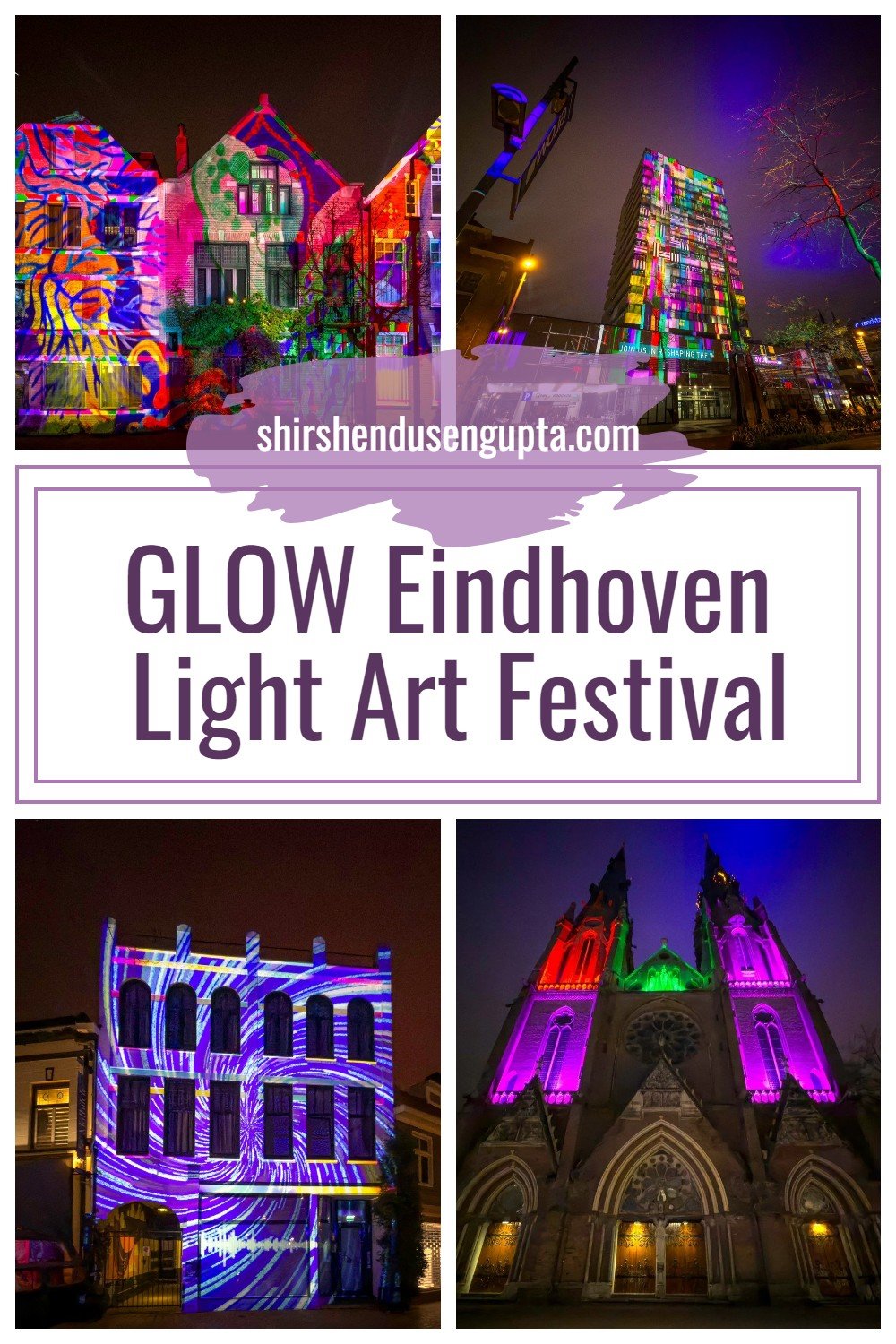
GLOW Eindhoven Light Art Festival 2025 | All You Need to Know Before You Go | Tips for Your Visit
Every year in November, the otherwise industrial city of Eindhoven transforms into a magical fairy tale of light, known as GLOW Eindhoven. This annual light art festival attracts thousands of visitors from all over the world who come together to enjoy the breathtaking open-air exhibition of innovative light artworks created by international artists using new media technologies, such as computers, sensors, animations, and projections. The fusion of art, technology, and architecture creates a bewitching experience for visitors of all ages.
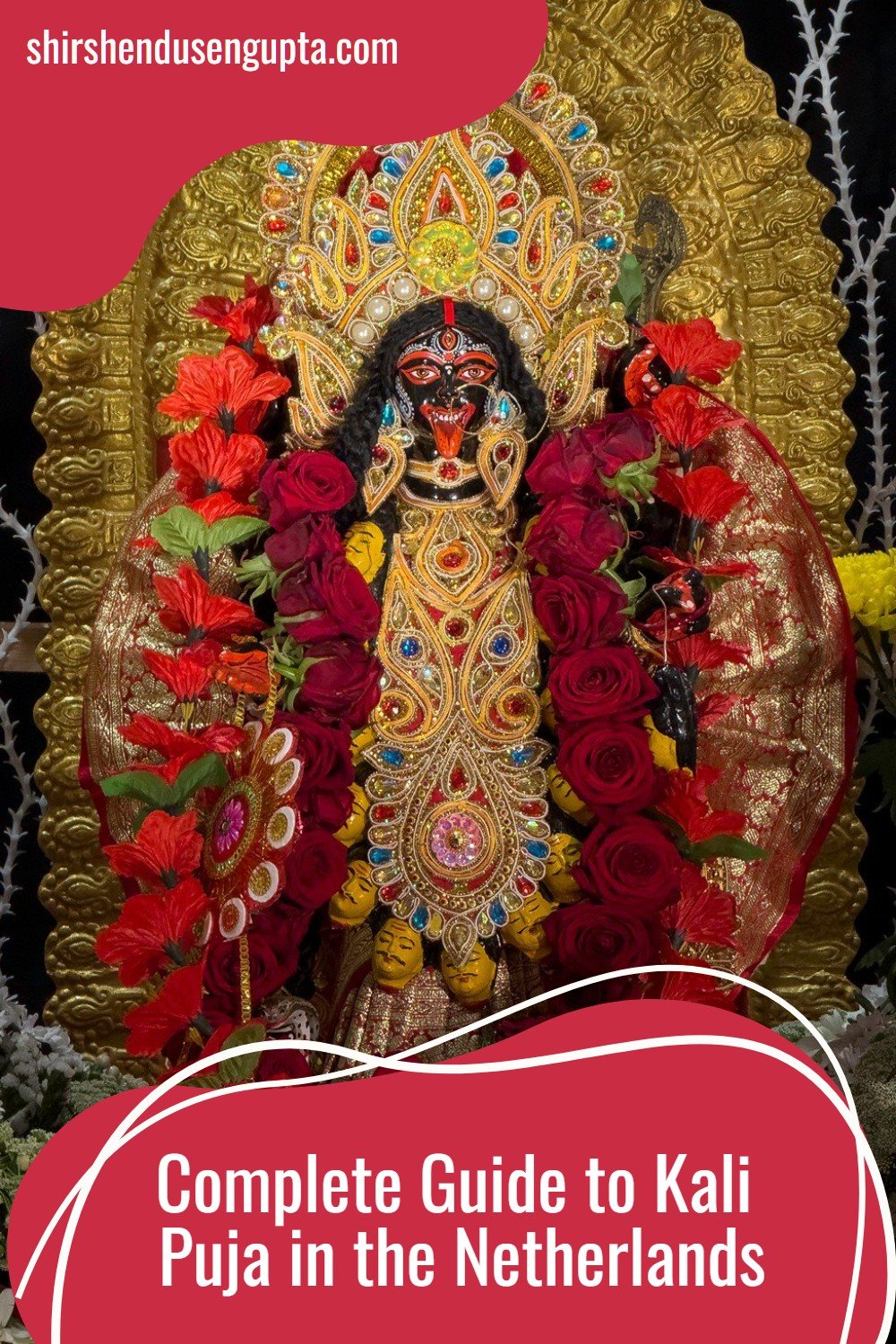
Complete Guide to Kali Puja 2026 in the Netherlands | All Kali Puja Celebrations in 2026 by Bengali Communities of the Netherlands | Locations, Dates, Opening Hours, and Latest Updates
Kali Puja, also known as Shyama Puja, is a major annual Hindu festival that is celebrated in the Indian states of West Bengal, Bihar, Jharkhand, Assam, Odisha, Tripura, and the neighboring nations of Bangladesh and Nepal on the new moon night (Dipannita Amavasya) of the month of Kartik on the Indian calendar (which falls between October and November on the Gregorian calendar) to commemorate the victory of Hindu Goddess Kali (the fiercest form of Goddess Durga who is regarded as ‘Adi Shakti,’ the primordial cosmic energy) against the demons Chand, Munda, and Raktabija as a part of a greater war between Goddess Ambika (Durga) and the demons Shumbha and Nishumbha.
12 Best Places to See the Most Iconic Windmills in the Netherlands | 12 Most Famous Dutch Windmills | Visit The Most Beautiful Windmills of Holland
Many nations have windmills, but the Netherlands has so many of them and they are such a significant part of the nation's industrial and cultural legacy that many people throughout the world associate windmills with the country. From the Middle Ages onward, windmills have been a defining feature of the Dutch countryside. In the heyday of the windmills during the 19th century, there were roughly 9,000 windmills in the country. Even though the Industrial Revolution replaced windmills with steam, diesel, and later electricity, over 1,000 antique windmills, many of which are still operational, still stand throughout the Netherlands thanks to historic preservation initiatives. Today, along with cheese, tulips, and clogs, they are among the most well-known images of Holland. For this reason, visiting a windmill has to be at the top of your travel itinerary when visiting the Netherlands.
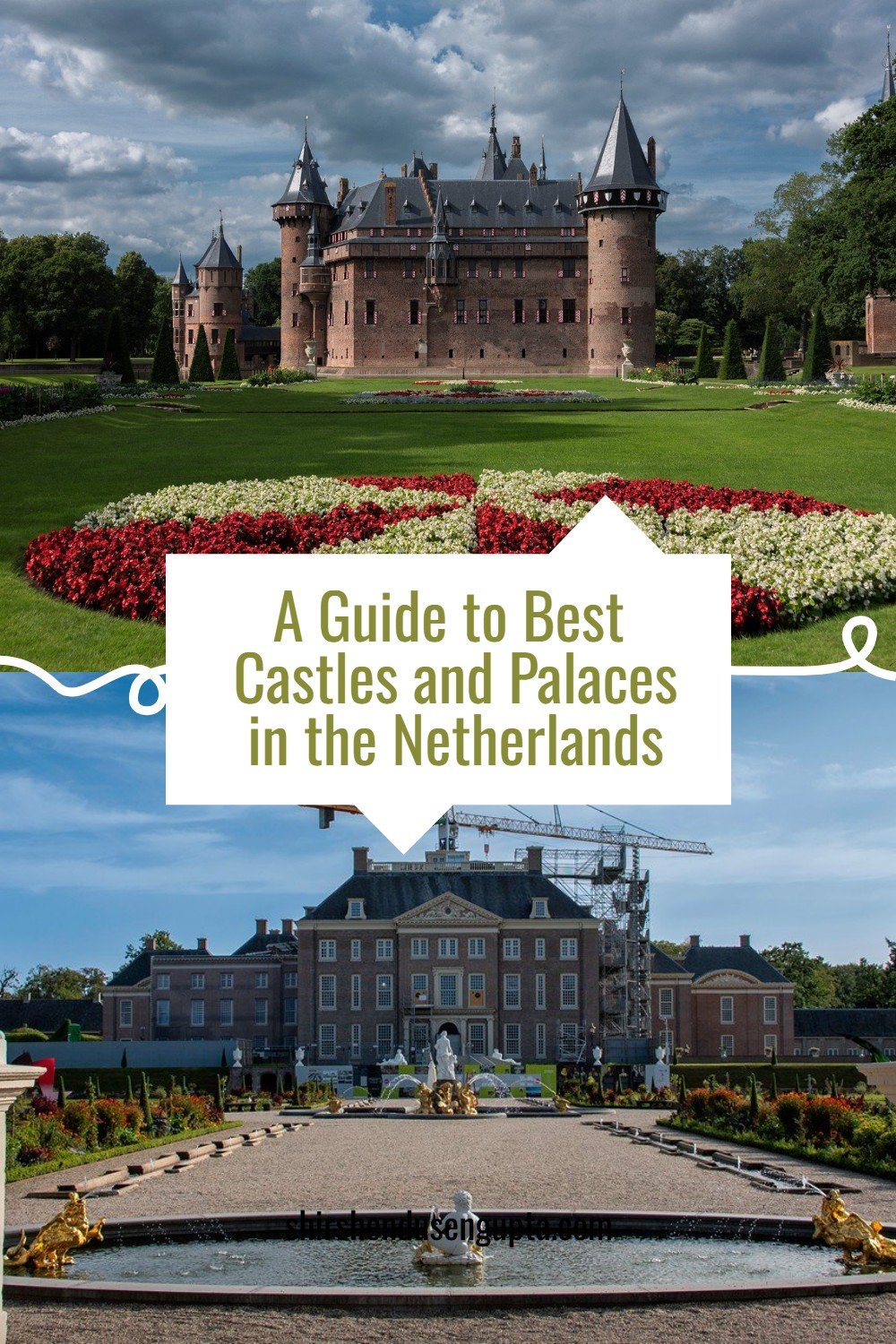
A Guide to 9 Best Castles and Palaces in the Netherlands | Top 9 Most Beautiful Castles and Palaces in the Netherlands to Visit
A vast ocean of endless tulip fields, medieval windmills, charming canals, modern bicycle lanes, and postcard-perfect countryside - these are the images that appear in our minds when we think of the Netherlands. However, we tend to forget that the Netherlands also has its fair share of castles and palaces thanks to the royal families and nobilities who shaped the rich history of the country over the ages. Many of these were built during the medieval times either as defensive structures or luxury residences. Over the years, the purpose of these castles and palaces has changed, and today, they’ve turned into government offices, museums, and tourist attractions, where visitors come to admire the architecture, art collections, and gardens.
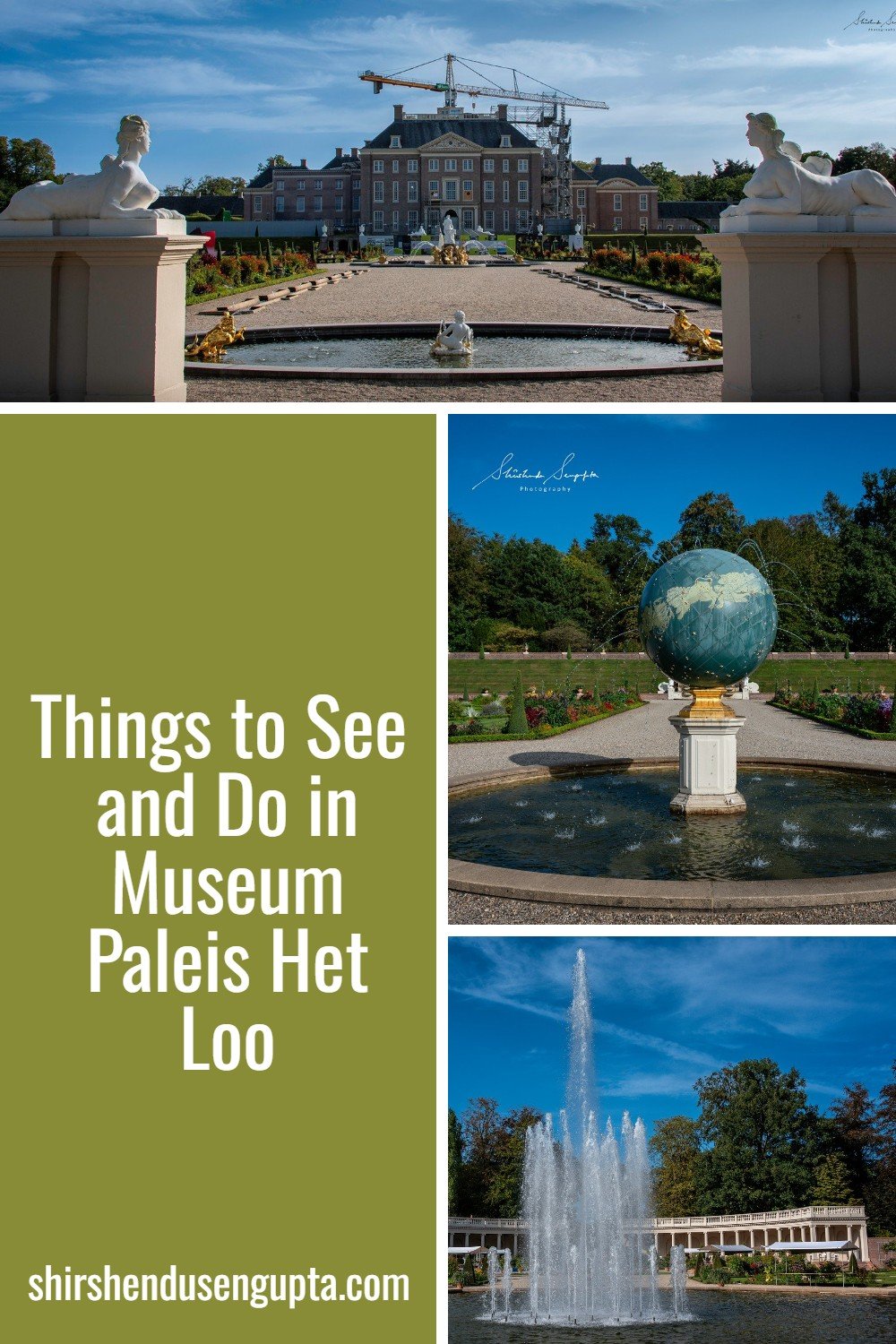
12 Things to See and Do in Museum Paleis Het Loo | All You Need to Know Before Visiting Het Loo Palace, Apeldoorn, the Netherlands
At first glimpse, the Dutch royal family’s Versailles-like handsome baroque summer palace of ‘Het Loo’ (meaning “clearing in the woods”) seems just as it was when it was built during the 17th century in the middle of the woodlands of Apeldoorn, in the province of Gelderland in the Netherlands. But 10 meters underneath the courtyard, an injection of engineering expertise spanning 5,000 square meters and costing €171m has created an extraordinary underground Spanish Macael marble museum that showcases the history of the House of Orange.
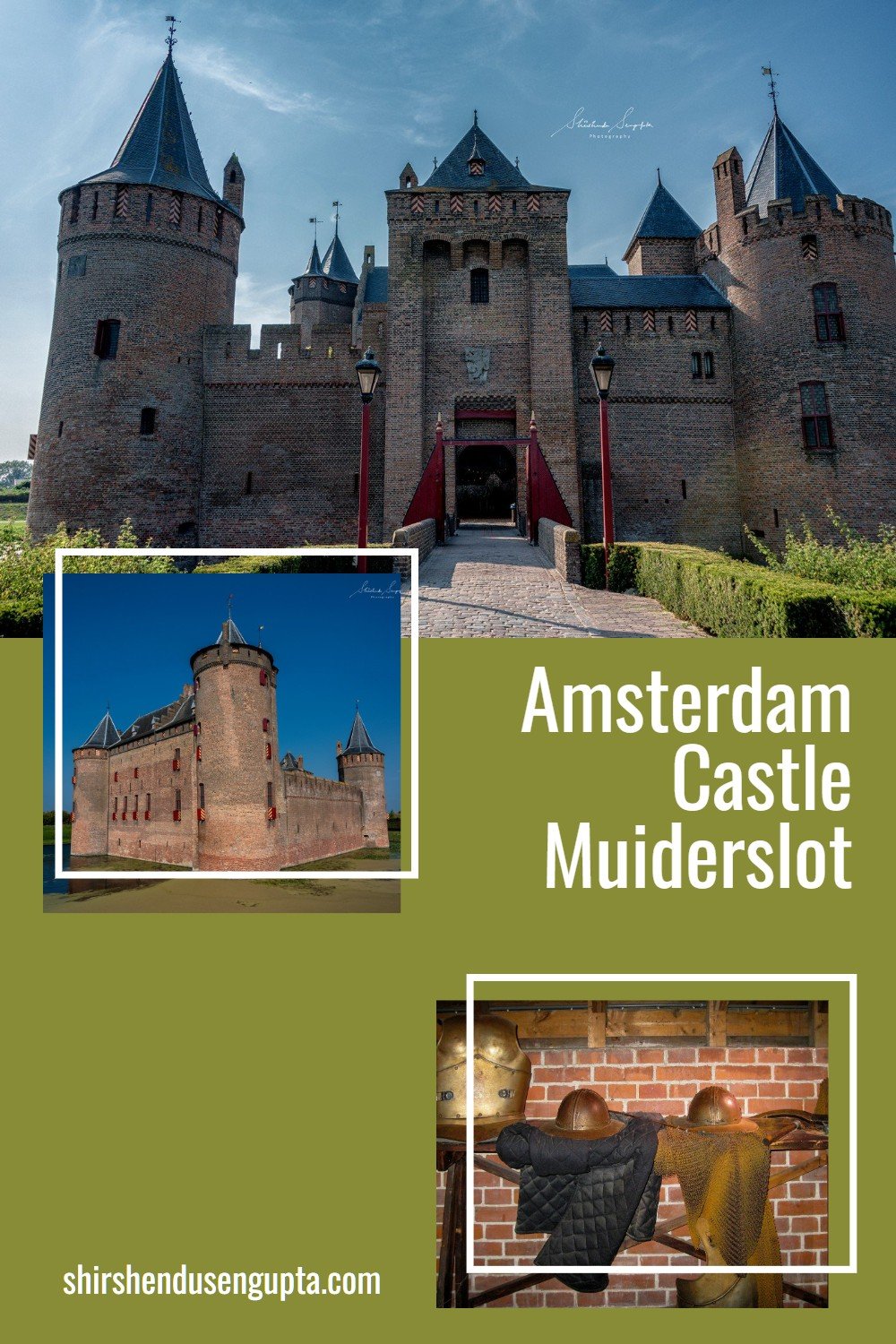
Rijksmuseum Kasteel Muiderslot | Amsterdam Castle Muiderslot | Muiden Castle, the Netherlands
Muiderslot (or Muiden Castle) is the Netherlands's oldest and best-preserved medieval castle. One of the most well-known castles in the Netherlands, it has appeared in numerous Middle Ages-themed television programs. Situated at the mouth of the Vecht River in Muiden, where it flows into the IJsselmeer Lake that used to be the Zuiderzee, the castle has a lengthy and stormy history. It was completed in 1285 by Count Floris V. The eminent author, poet, and historian PC Hooft resided there in the 17th century. It’s a fantastic place to spend a day with your family exploring the castle and the surrounding grounds that host a restored plum orchard, vegetable, and herb garden!
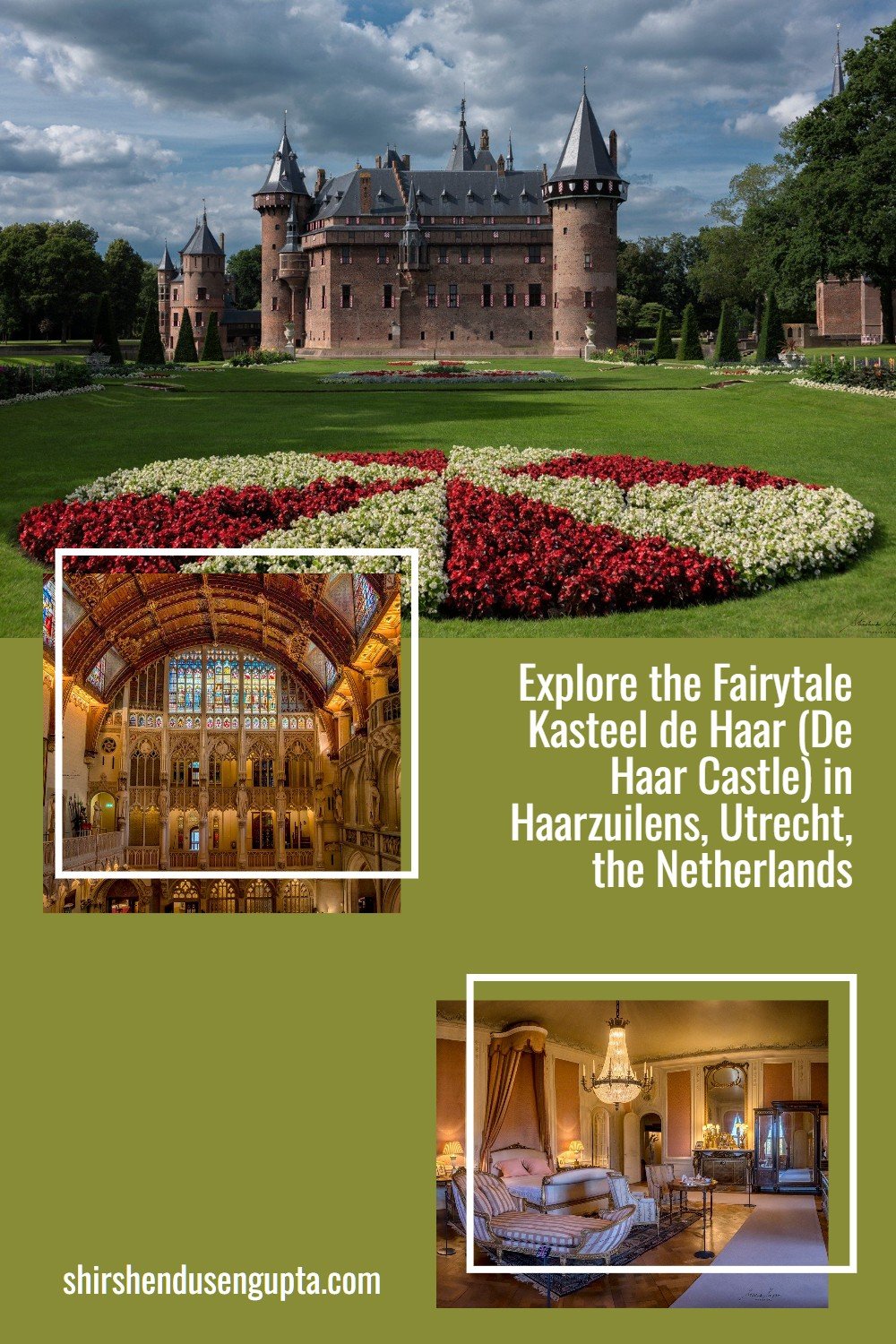
Explore the Fairytale Kasteel de Haar (De Haar Castle) in Haarzuilens, Utrecht | Day Trip from Amsterdam to the Largest Castle in the Netherlands
If Gregory Peck got lost trying to find the bathroom just next to his bedroom on his first visit to Kasteel de Haar in 1960, you know there must be something special about this castle. To be honest, most apartments in central Amsterdam are smaller than the average bathroom in this medieval castle. And with ornate furnishings across the rooms, corridors, and bathrooms, it’s easy to imagine that it may have been quite tedious for him to find the switch of the light, especially in the dark!
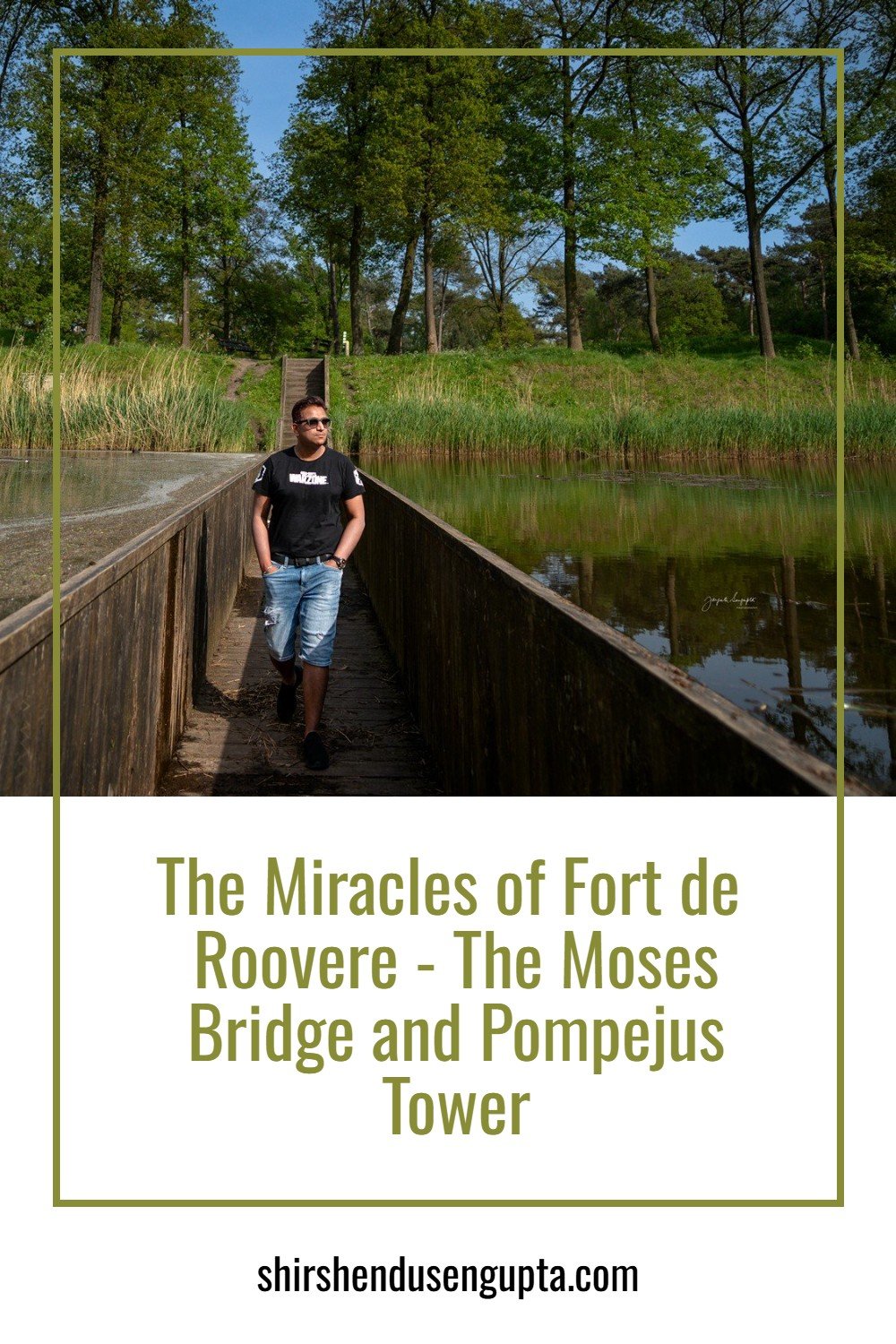
The Miracles of Fort de Roovere | The Moses Bridge (Mozesbrug) and Pompejus Tower (Pompejustoren) at Halsteren in Bergen op Zoom, Noord-Brabant, the Netherlands
The Fort de Roovere near the town of Halsteren located in the municipality of Bergen op Zoom within the province of Noord-Brabant is one of the largest forts of the West Brabantse Waterlinie (West Brabant Waterline). The main attraction of the Fort de Roovere is the miraculous Moses Bridge (Mozesbrug) where you walk below the water level, but your feet remain dry! Since the structure appears to divide the moat's waters, it has derived its name ‘The Moses Bridge’ from the Biblical reference of Moses parting the Red Sea with his staff during the Exodus of the Israelites. The Union of Dutch Architects, or BNA, recognized the Moses Bridge as the ‘2011 Build of the Year.’

Bonami Spelcomputer Museum | Bonami Games and Computer Museum in Zwolle, the Netherlands
Dubbed as the ‘Nerd’s Paradise,’ the interactive Bonami SpelComputer Museum in Zwolle dedicated to the history of gaming and computers, houses the largest collection of game consoles and computers in the Netherlands starting from the 1950s along with a huge amount of boxed video game floppies, CDs, DVDs, merchandise products, and collector items to admire.
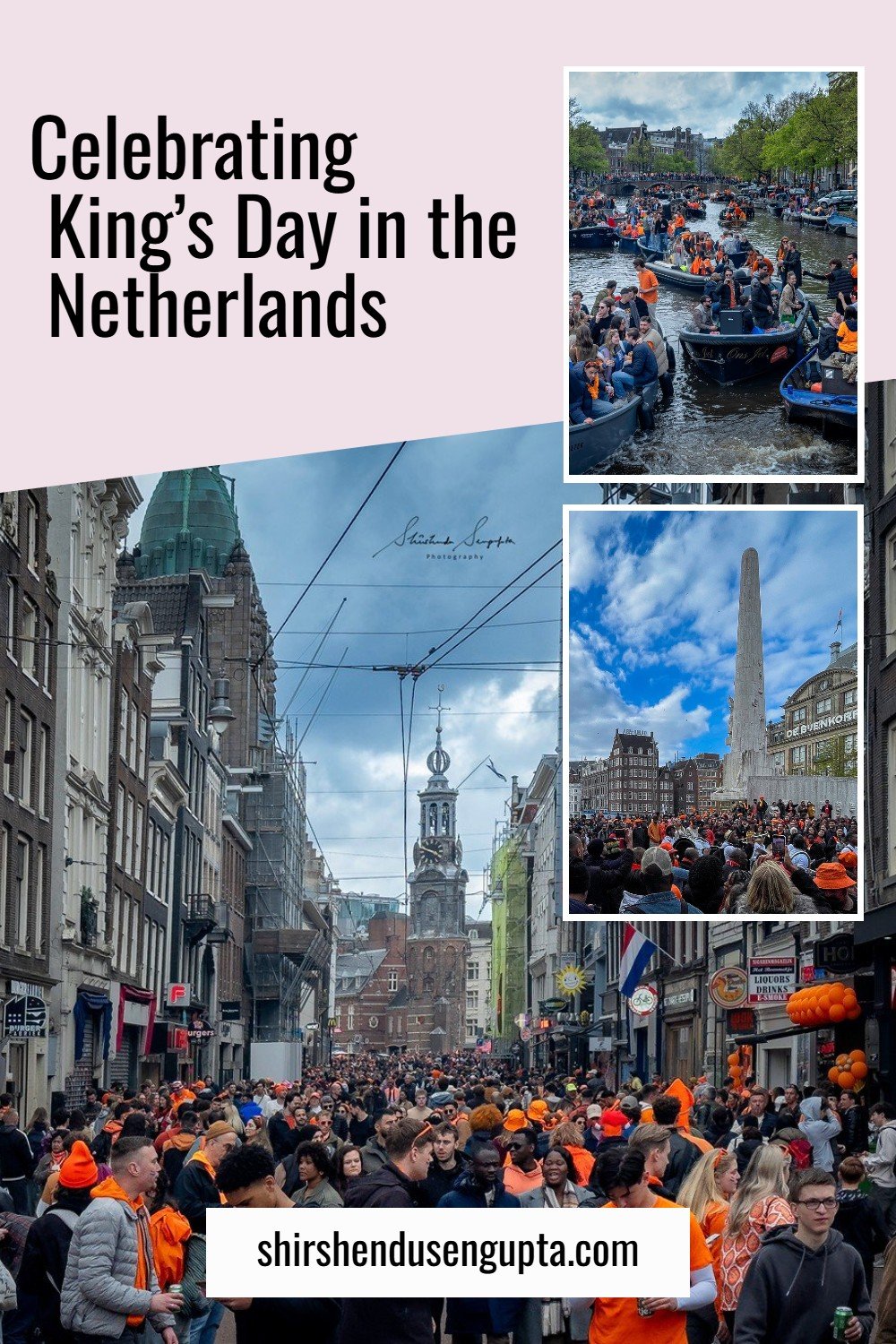
Celebrating King’s Day in the Netherlands | Amsterdam Koningsdag
King's Day is probably one of the most popular and flamboyant celebrations in the Netherlands. Every year on April 27 (or the day before if it falls on a Sunday), the Dutch celebrate their King Willem-Alexander's birthday as a national holiday with a lot of music, dancing, flea markets, and fun fairs all over the country. If you happen to be in the Netherlands, you can’t miss this event!
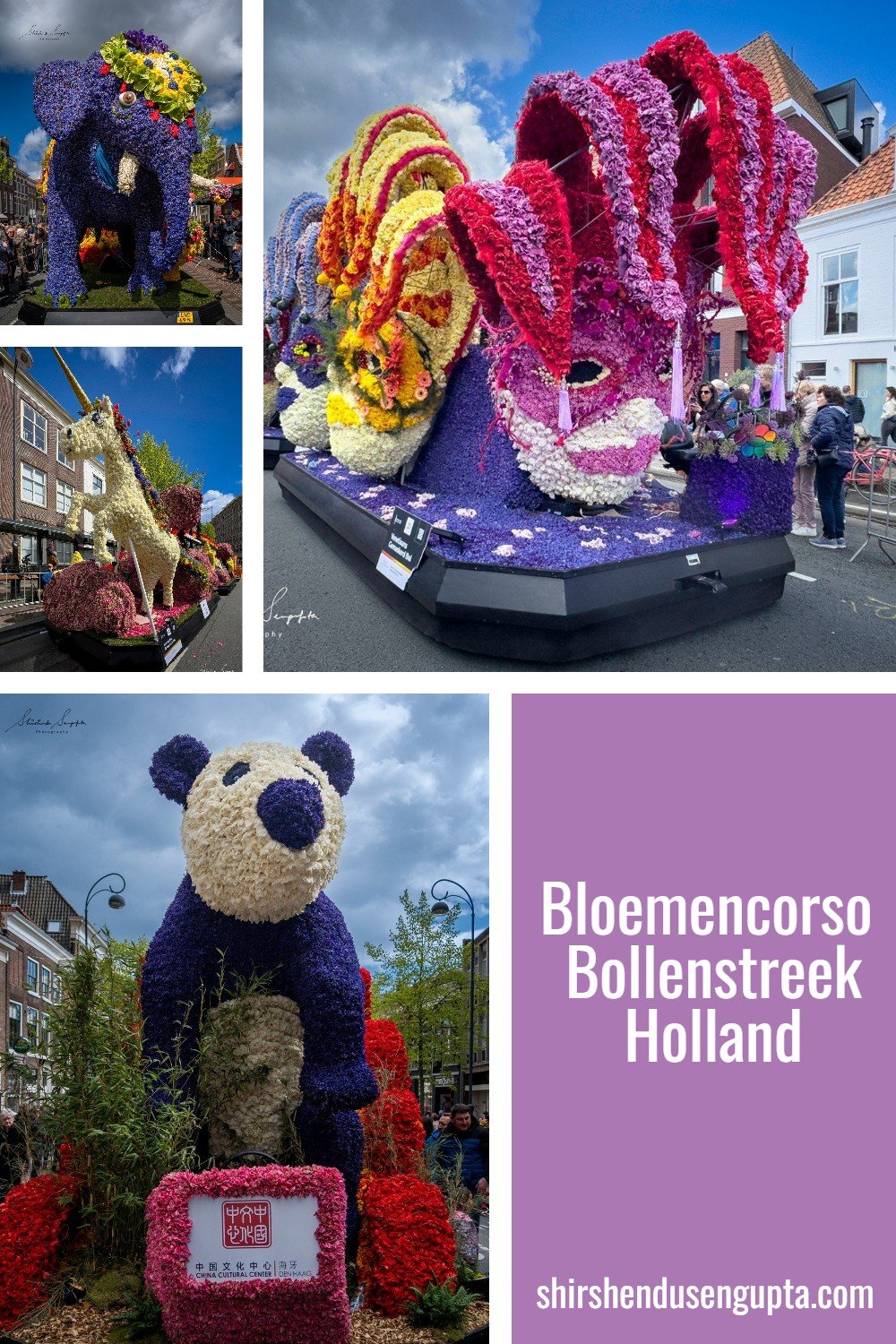
Bloemencorso Bollenstreek Holland 2026 | Flower Parade of the Bulb Region Netherlands 2026 | Information, Route, Tips, and Tricks
Being the largest exporter of flowers globally and accounting for two-thirds of the world's total floral sales, the Netherlands is aptly dubbed as the ‘Land of Flowers.’ Therefore, it goes without saying, that spring is the most beautiful time in the Netherlands. When the bulbs start blooming in the endless array of flower fields, the entire country transforms into a vast ocean of flowers. It starts in mid-March with cherry blossoms, crocuses, daffodils, and hyacinths. And as the famous tulips blossom in mid-April, the whole country gets ready for the biggest spring festival named ‘Bloemencorso (Flower Parade) Bollenstreek (Bulb Region)!’
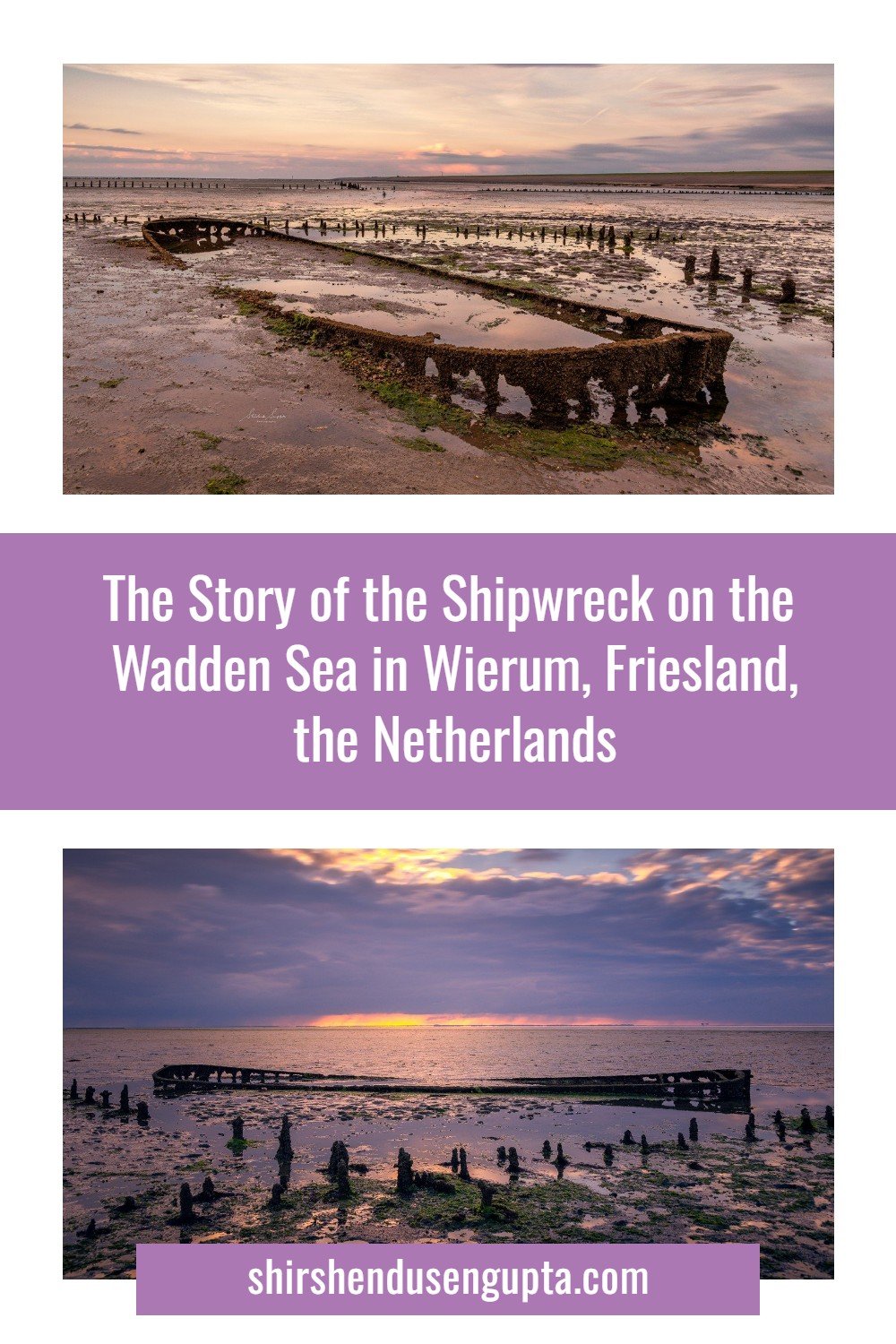
The Story of the Shipwreck on the Wadden Sea in Wierum, Friesland, the Netherlands
Near the village of Wierum is an old shipwreck from the second world war times that emerges from the sea only during low tides. This wreck symbolizes a crucial part of the Wadden Sea's cultural history - the struggle for territory between man and nature that occurred here from the Middle Ages to the present. It first appeared close to the Schoorsterhoofd, in the west but eventually started to wander towards Wierum and ended up becoming trapped in the mud. Ever since it’s been here getting gradually affected by the ebb and flow gradually but steadily affecting the praam.
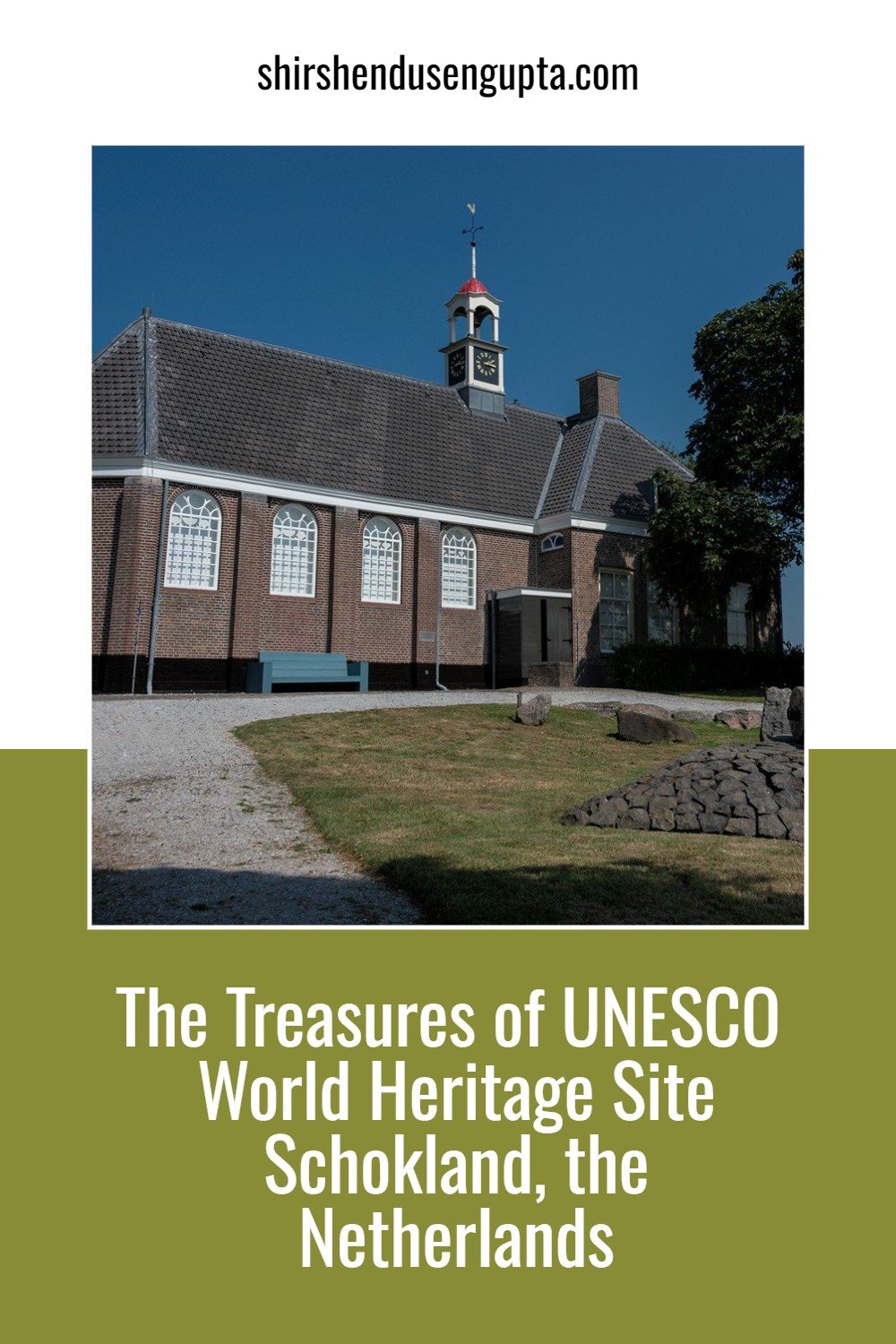
The Treasures of UNESCO World Heritage Site Schokland, the Netherlands | UNESCO Werelderfgoed Schokland, Holland | Museum Schokland
Schokland, the first Dutch site on the UNESCO List of World Heritage Sites, located in the current province of Flevoland, was a peninsula in the Netherlands since prehistoric times. But since it was primarily a soft peatland, it suffered greatly from the frequent floods from the Zuiderzee which was an inland sea in the northern part of the Netherlands that existed from approximately the beginning of the late Middle Ages. In the 15th century, the Zuiderzee crept into a part of the land of Schokland and cut it off from the mainland converting it into an island. Post that inhabitants again occupied it. However due to continued flooding of the sea, the residents had to leave the island regularly, and it had to be permanently evacuated in 1859.
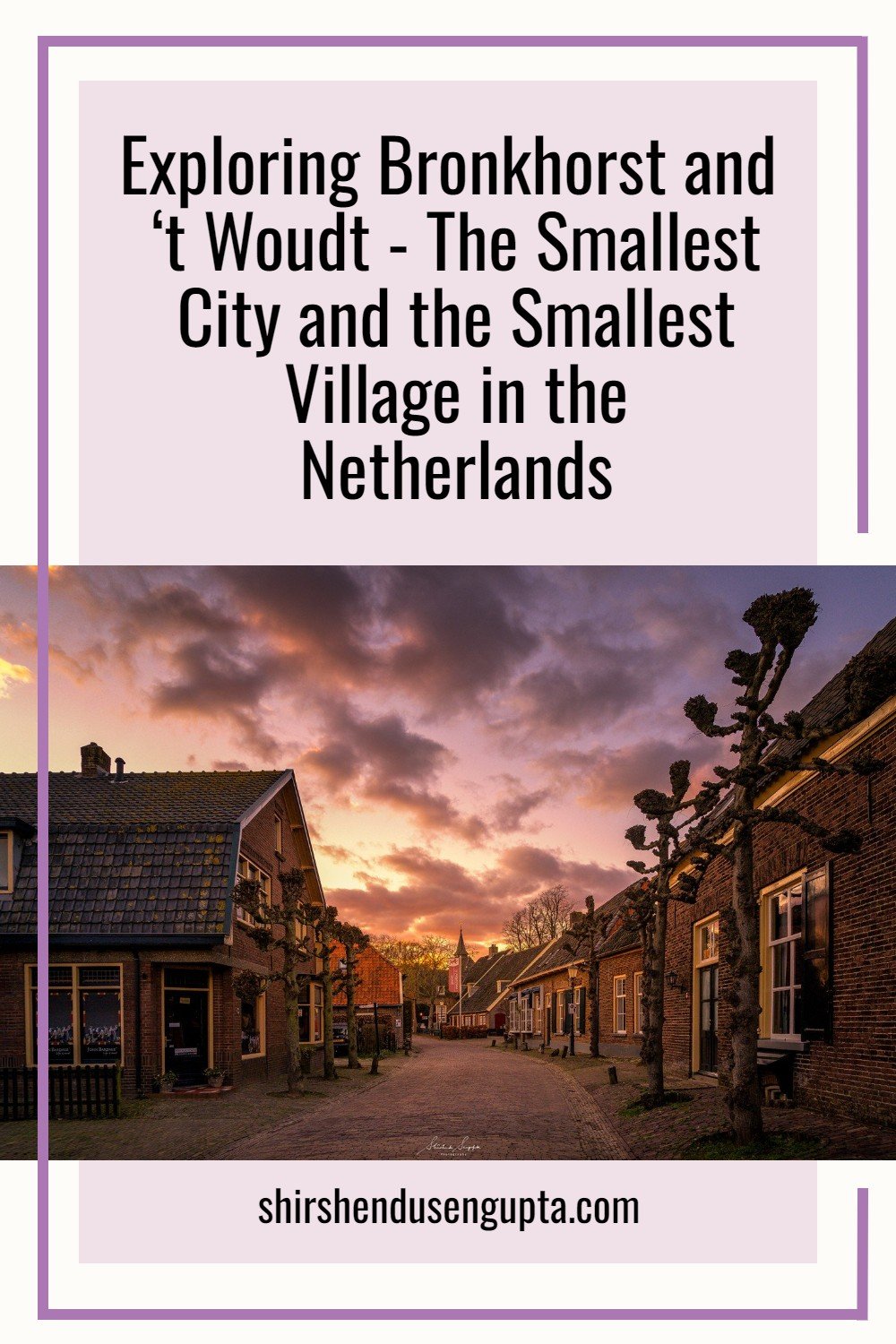
Exploring Bronkhorst and ‘t Woudt | The Smallest City and the Smallest Village in the Netherlands
There is an inherent fascination with things that are outside the norm for many people. The widespread appeal of the Guinness Book of World Records is living proof of this. Therefore, for something to be the tallest, largest, oldest, greatest, or tiniest is a great thing for business. As a result, a few locations claim or market themselves to be "smallest” in the Netherlands which is driven by the local merchants and the chamber of commerce supporting them. And then naturally, it also means, there will always be an element of ambiguity in these kinds of claims. Today I’m going to talk about two such “smallest” settlements in the Netherlands. Let the journey begin!
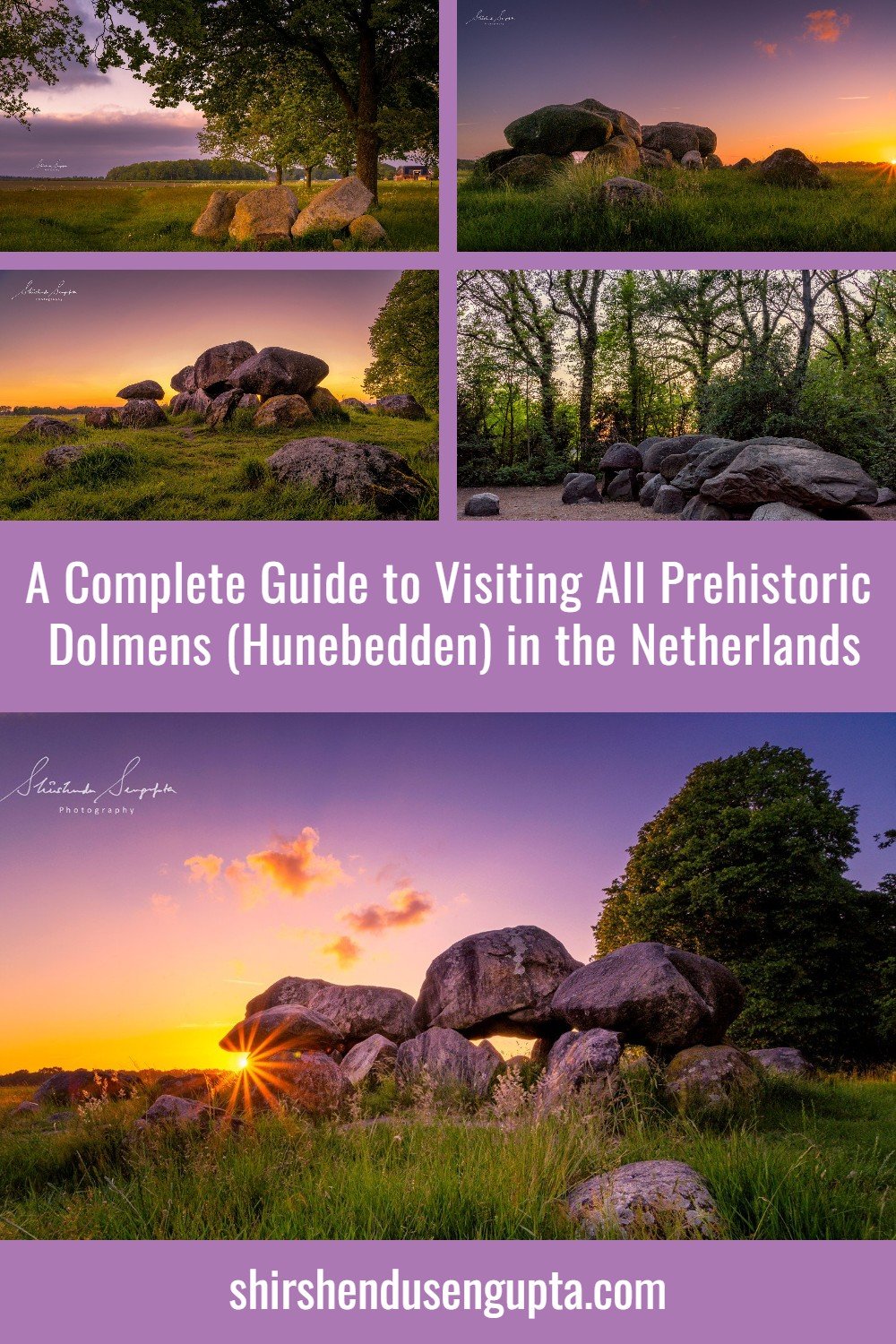
A Complete Guide to Visiting All 54 Prehistoric Dolmens (Hunebedden) of Drenthe and Groningen in the Netherlands | Dolmen (Hunebed) Route with Map, Information, Tips, and Tricks
Before we begin our story today, let me ask you a “Did you know?” question. Did you know that there are Stonehenges in the Netherlands? And that they are older than the English Stonehenge and the Egyptian Pyramids? And that too not just 1, but 54? If not, this article is for you. In this article, I’m going to demystify the prehistoric Hunebedden (meaning giant beds in Dutch) for you. So without further delay, let me share with you the intriguing story of the Hunebedden or Dolmens of the Netherlands.
